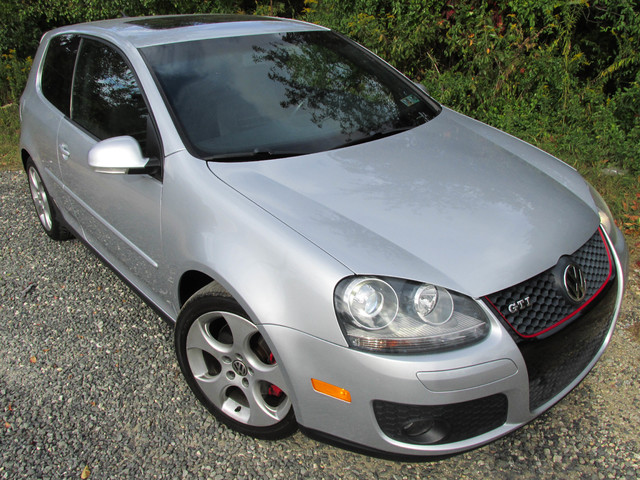As I talked about in a post last April, the 1987 Volkswagen GLi 16V had some unique trim features. 1987 was the sole year in the U.S. that you could buy both a 16V and 8V GLi. Upgrading to the DOHC motor got you a rear spoiler and deeper front spoiler with integrated brake ducts. Though they were the same 14″x6″ size of the 8V model, 16Vs got the signature “Teardrop” alloys (though their actual name is Silverstones). Inside you got some awesome Recaro seats in place of the normal sport seats, and the more luxurious GLi models had many power features available. Both 1987 models retained the earlier split front door window design and narrow door trim as well as the 7-bar grill, but the 16V GLi also got a roof-mounted Fuba antenna. That particular 1987 I looked at in April was in awesome condition with near 140,000 for, so this one should be spectacular with 90,000 miles less:
Tag: Detroits
This site contains Ebay partner affiliate links, which may earn us a commission at no additional cost to you.
10K Friday: 2008 Volkswagen GTi
Normally, the 10K Friday posts that I’ve done have been comparos of multiple different cars that are usually a stretch of the budget. Each one has highlights such as being more desirable, better looking, more functional or luxurious, or faster. But today I’m going to do something a little different – a comparo of only one car. That’s because the GTi is one of the best all-arounders ever made and I think we do our readership a disservice by not looking at the newer models more often. By the time that Volkswagen got to the Mk.4 chassis, many automotive journalists and enthusiasts alike began to dismiss the GTi as fat, tired and played out. Quality was poor, pricing was really high, and performance relative to some other models wasn’t as impressive as it once had been. The GTi was, in many ways, a victim of its own success. Every subsequent generation was compared to the original, a car which had such a mystique that it was effectively impossible to match. Mk.2 models had the stellar 2.0 16V and great looks; Mk.3 models sprouted the wonderful VR6. The Mk.4 models introduced turbocharging, more luxury and much improved interior quality, all-wheel drive, 6-speed transmissions and more technology than was probably recommendable. And while the Mk.4 was a success from a sales standpoint, the GTi was still a fringe car that was arguably too expensive for what you got.
Volkswagen took a huge step forward, though, when it progressed to the new Mk.5 chassis. Unlike the previous generations that had mostly been enjoyed strictly by the Volkswagen faithful, suddenly journalists were talking about how great the new GTi was. Interior quality was leagues better than it ever had been, with a slick design and high quality materials. The new 2.0T motor was great too – with more power than even some versions of the VR6 had previously offered. Weight was up by dynamically the new GTi was a better driver than it had been. It was a return to greatness, and instantly the new GTi was a popular choice for the performance minded practical enthusiast. Because of the success, there are many available in the market today that are coming down to a quite reasonable level:



